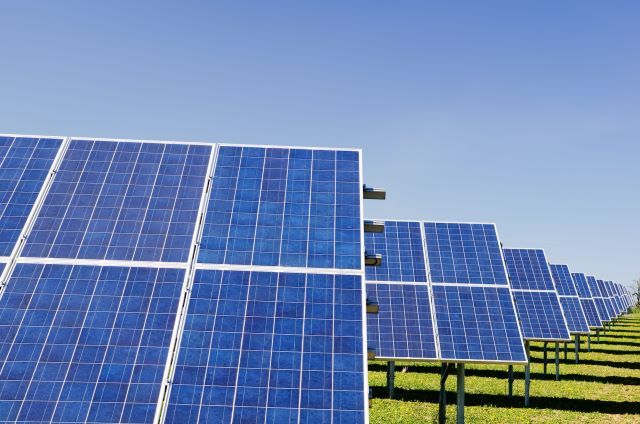The Energy Transition in North America: Context, Challenges, and Agreements
An overview of the energy transition in North America, including its background, challenges, and possible agreements between Canada, the United States of America, and Mexico. The article also highlights the geopolitical changes and competition between energy security and decarbonization.





